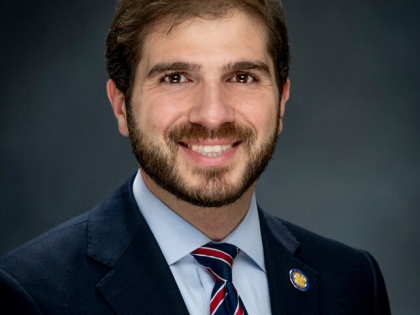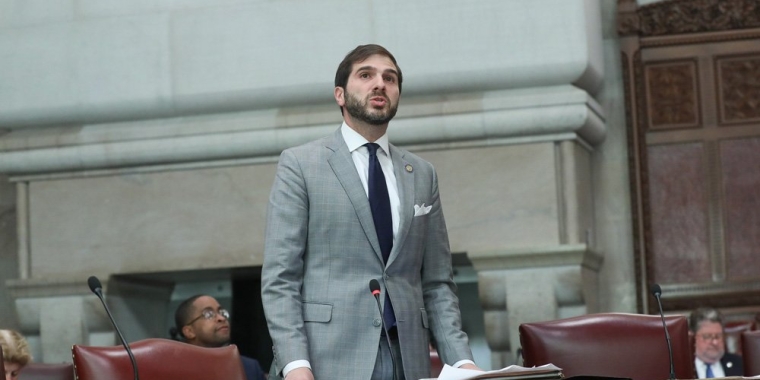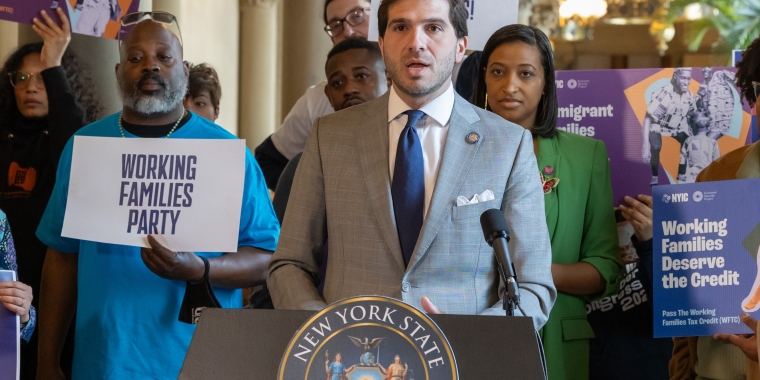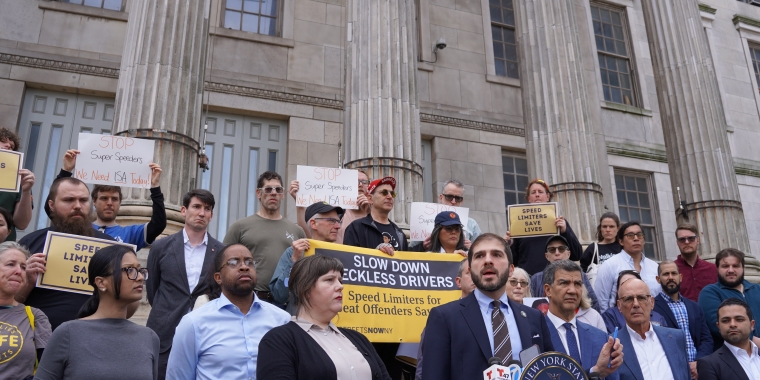
Some Brooklyn homeowners may see relief under new property tax plan
The property taxes homeowners pay are probably going to change, now that a mayoral-appointed commission has released its long awaited preliminary report with 10 recommendations on how to reform the city’s confusing and maddening tax system.
If adopted, the recommendations issued by the New York City Advisory Commission on Property Tax Reform will change the property tax rates for 90 percent of residential property owners in the city, according to some estimates.
Some will pay less. Others will pay more.
Key among the recommendations put forth by the commission is a proposal to put co-ops, condos and small apartment buildings with fewer than 10 units into the same Class 1 category as one-, two- and three-family homes in order to simplify the system.
Under the current system, most co-ops, condos and residential apartment buildings are considered Class 2 properties and are taxed at a different rate from Class 1 properties.
In Fiscal Year 2020, Class 1 property owners paid a tax rate of 21.67 percent. Class 2 property owners paid a rate of 12.473 percent, according to the report.
New York has four classifications when it comes to property taxes; Class 1, one-, two- and three-family homes; Class 2, rental buildings, co-ops and condos; Class 3, utilities; and Class 4, commercial properties.
Class 3 property owners paid a tax rate of 12.536 percent in FY 2020 and Class 4 owners paid a rate of 10.537 percent that same year.
The commission, which was formed in 2018 by Mayor Bill de Blasio and City Council Speaker Corey Johnson, issued its report on Jan. 30 following months of public hearings and fevered speculation on what the document would contain.
Homeowners currently pay a tax rate based on the assessed value of the property.
The market value is how much a home is worth in the current real estate market. Assessed value is based on a percentage of the appraised value of the property.
“It’s the assessment that kills you,” Bay Ridge homeowner Dean Rasinya said. “The assessed value increases every year. And every single year, your taxes go up. I have a simple solution to this problem: If they stop increasing the assessed value, that would help.”
But the system currently in place also uses a byzantine-like code that takes into consideration assessed value of a property and market value. As a result, property owners in high-end neighborhoods often benefit from the system and pay less than their fellow New Yorkers who live in middle- and working-class communities.
In perhaps the most famous example, de Blasio pays far less in property taxes for his two Park Slope homes, $7,970, than homeowners in other neighborhoods.
The commission, led by Chairperson Marc Shaw, interim COO of the City University of New York, agreed with New Yorkers who complain about the way the property taxes are done.
“The current system is not fair,” the commissioners wrote in their report.
The panel’s recommendations include a proposal to create a so-called “circuit breaker” that would lower the property tax burden on low-income primary residential owners, people who live full time in the home. Under the commission’s plan, the “circuit breaker” would be based on the ratio of property tax paid to income.
Councilmember Justin Brannan, a Democrat representing Bay Ridge, Dyker Heights and parts of Bensonhurst, said he was relieved to see the commission’s report finally come out. The original goal was to have a report ready by the end of 2019.
“While it is great to see that everyone agrees on what needs to be done to finally fix this badly broken property tax system, ultimately the devil is in the details. I was happy to see some of the suggestions I made included in the commission’s recommendations, but it is simply not enough that we create a simpler, clearer and fairer property tax system. We must also finally give relief to those who have been unfairly paying too much for too long. This report clearly shows how and why homeowners in my district have been paying through the nose while others have been paying peanuts,” Brannan told the Home Reporter.
“All in all, it’s a good start. Now the hard work begins of actually getting it done,” Brannan added.
Any changes would not come immediately, but would be phased in over a period of five years.
In addition, major changes to the city’s property tax code would have to be approved by the state legislature.
State Sen. Andrew Gounardes, a Democrat representing several middle-class communities in Southwest Brooklyn, said he thinks the commission has more work to do.
“I applaud the commission for its work. But it’s not done yet. The commission should brief the legislature on its recommendations and give us a roadmap with specific details so we can finally take action after 40-plus years of inaction,” Gounardes said in a statement.
“While in principle some of the commission’s ideas will address the long standing inequities of the current system, including two ideas I’ve already proposed through legislation, a circuit breaker and lifting of assessment caps, critical questions still remain: What are the proposed rates? What are the thresholds for the homestead credit? What controls are in place to prevent another decade of runaway budget growth? What is the timeline for a final report?” Gounardes said.
Assemblymember Nicole Malliotakis said she hopes the proposed system can get rid of inequities in the tax system.
“If the recommendations made in the report are implemented, those I represent, along with those in low- and middle-income communities around the city, will no longer be subsidizing the taxes of homeowners in the city’s most affluent neighborhoods, and that is what I aimed to achieve when I brought this issue to the forefront during the 2017 race for mayor,” said Malliotakis, a Republican representing parts of Bay Ridge and Staten Island who ran against de Blasio for mayor in 2017 and lost.
Rasinya, who owns a two-family home, said he was eager to read the commission’s report. “But I have to say that when I hear that the commission has 10 recommendations, I see danger ahead. There’s a simple way to do this. Don’t make it complicated,” he said.



